Tucked away in the northeastern part of China, Hulunbuir in Inner Mongolia offers a travel experience. Known for its breathtaking grasslands, stunning rivers, and rich cultural heritage, this region is perfect for those seeking an authentic and unforgettable adventure. Whether you’re a nature lover, a culture enthusiast, or someone looking to escape the hustle and bustle of city life, Hulunbuir has something to offer. Here’s everything you need to know about the highlights of this extraordinary destination.
Hulunbuir Grassland: Where Freedom Meets Nature

Stepping onto the Hulunbuir Grassland is like entering an endless sea of green. The land stretches as far as the eye can see, with the vast, unbroken sky overhead. Here, the air feels pure, and the spirit of freedom is palpable. The grasslands are home to majestic horses, which symbolize the boundless liberty of this vast landscape. Watching them run freely across the plains brings a sense of joy and exhilaration.
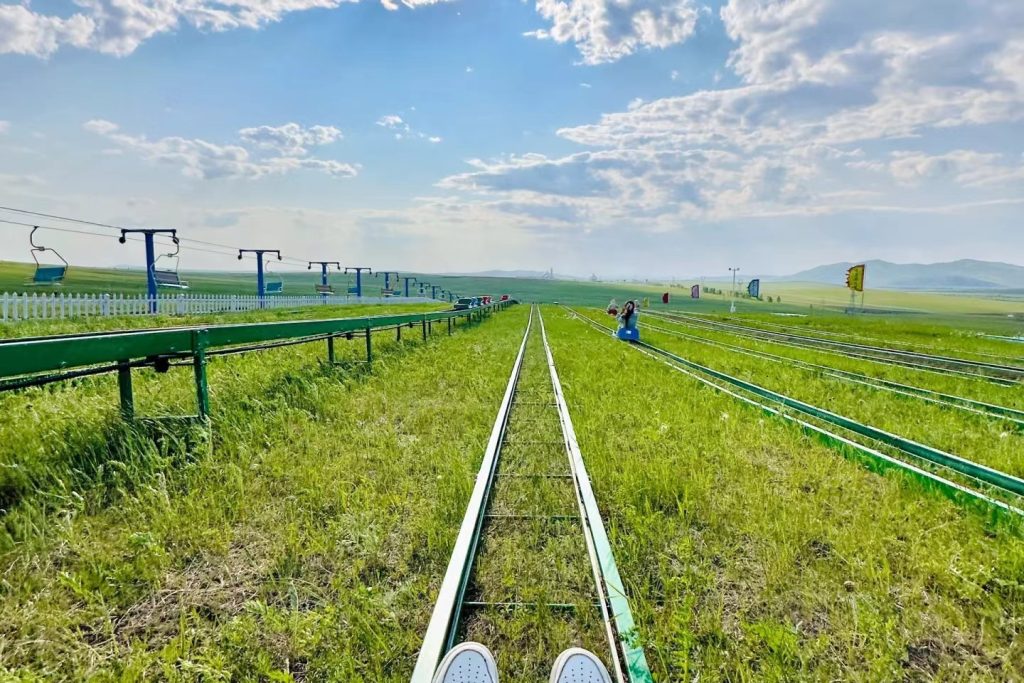
Things to Do on the Grassland:
- Horseback Riding: Embrace the exhilarating thrill of horseback riding, galloping across the grassland. It’s the perfect opportunity to experience the rush of the wind and the freedom of the open landscape.
- Grass Sliding: For something more playful, try grass sliding! Simply wait in line, and slide down as many times as you want. It’s fun for all ages.
- Sunset at Black Mountain: For those seeking a romantic experience, ride horses to the Black Mountain during sunset. The view of the sun setting over the grassland is stunning, far better than the riverfront sunsets elsewhere.
- Camping and Bonfire Parties: Many visitors enjoy camping in the grassland, where you can immerse yourself in the untouched natural surroundings. At night, local tribes often organize bonfire parties, complete with singing, dancing, and storytelling under the starlit sky.
Morigele River: Nature’s Masterpiece
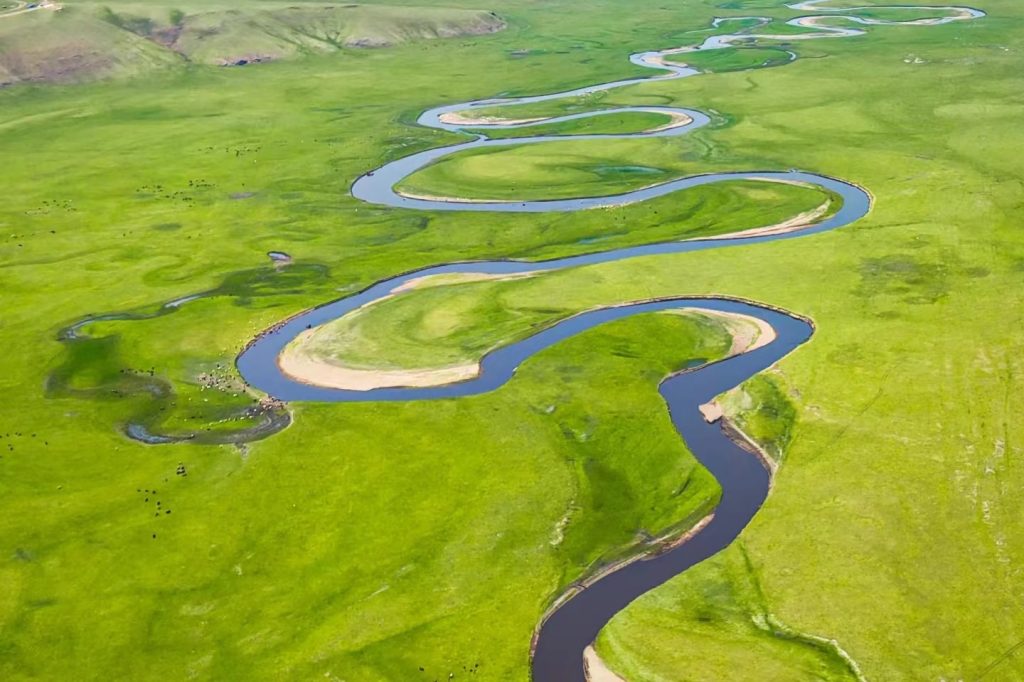
Known as the “First Meandering River in the World,” the Morigele River flows through Hulunbuir’s grasslands. Its winding path, stretching over 290 kilometers, is a mesmerizing sight. The river appears as a blue silk ribbon drifting lazily across the green plains. From above, the river’s sinuous curves are a spectacular view. It flows in all directions—backwards, forwards, and in meandering loops—creating a truly unique landscape.
The Sino-Russian Border: A Blend of Cultures and Landscapes
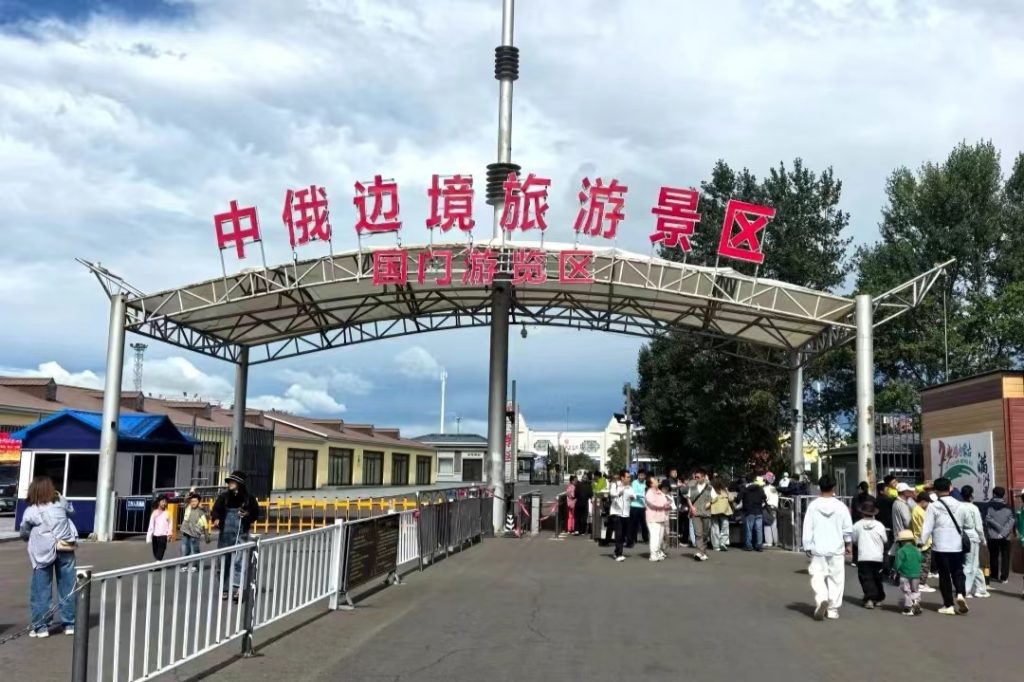
Located along the Sino-Russian border, this area combines the beauty of grasslands, forests, and lakes with the rich cultural diversity of both China and Russia. Visitors can stroll along the shores of Hulun Lake, take photographs, or even take a boat ride. In summer, the lake is home to many waterfowl, offering beautiful views that change with the seasons.
Here, you’ll encounter Russian-style architecture and cuisine. You can visit small Russian towns, try traditional Russian food, and shop for local souvenirs such as fur, wooden carvings, and Russian dolls. Some popular towns to visit include Zhalantun and Heihe, where Russian influence is evident in the local shops, markets, and architecture.
Erguna Wetland: A Paradise for Birdwatchers
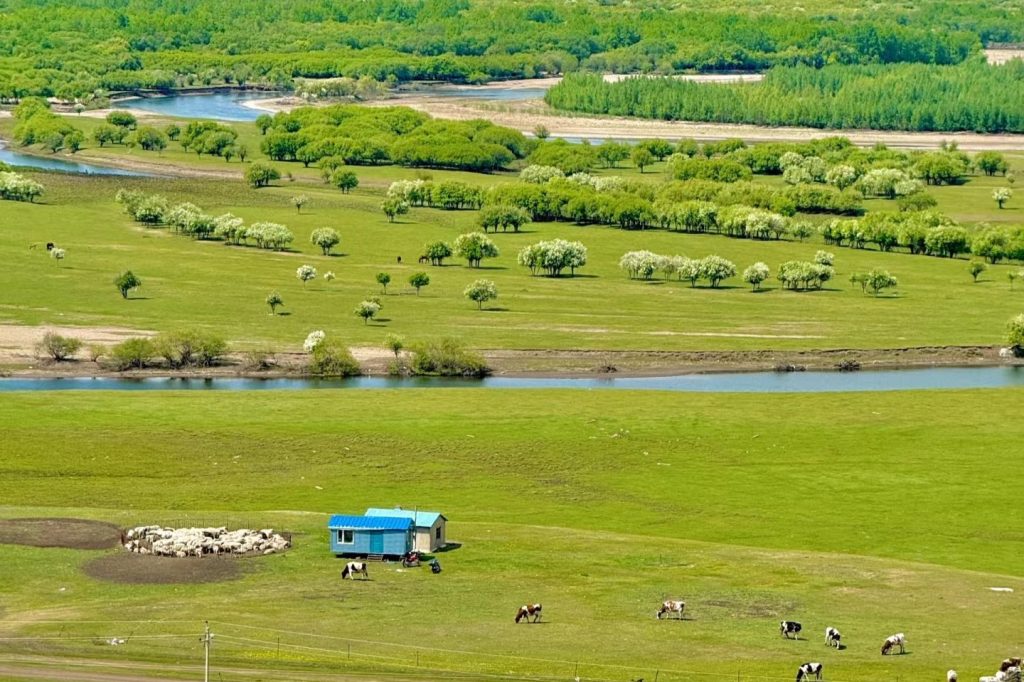
The Erguna Wetland is one of the largest wetlands in China, renowned for its rich ecological diversity and pristine natural environment. The area features a unique blend of wetland, grassland, and forest, offering a different kind of beauty in every season. In the spring and summer, the wetland is lush and green, teeming with birds, making it a paradise for birdwatchers. In autumn and winter, the landscape transforms into a golden sea of foliage and snowy vistas.
This area is home to rare bird species like the Red-crowned Crane and the White Crane. You can visit birdwatching platforms to get an up-close view of these majestic creatures. Additionally, the region is home to the Ewenki people, one of China’s ethnic minorities. Visiting their villages will allow you to learn about their traditional hunting practices, leather crafting, and unique way of life. If you’re lucky, you may also witness their traditional festivals and performances.
Birch Forests: A Photographer’s Dream
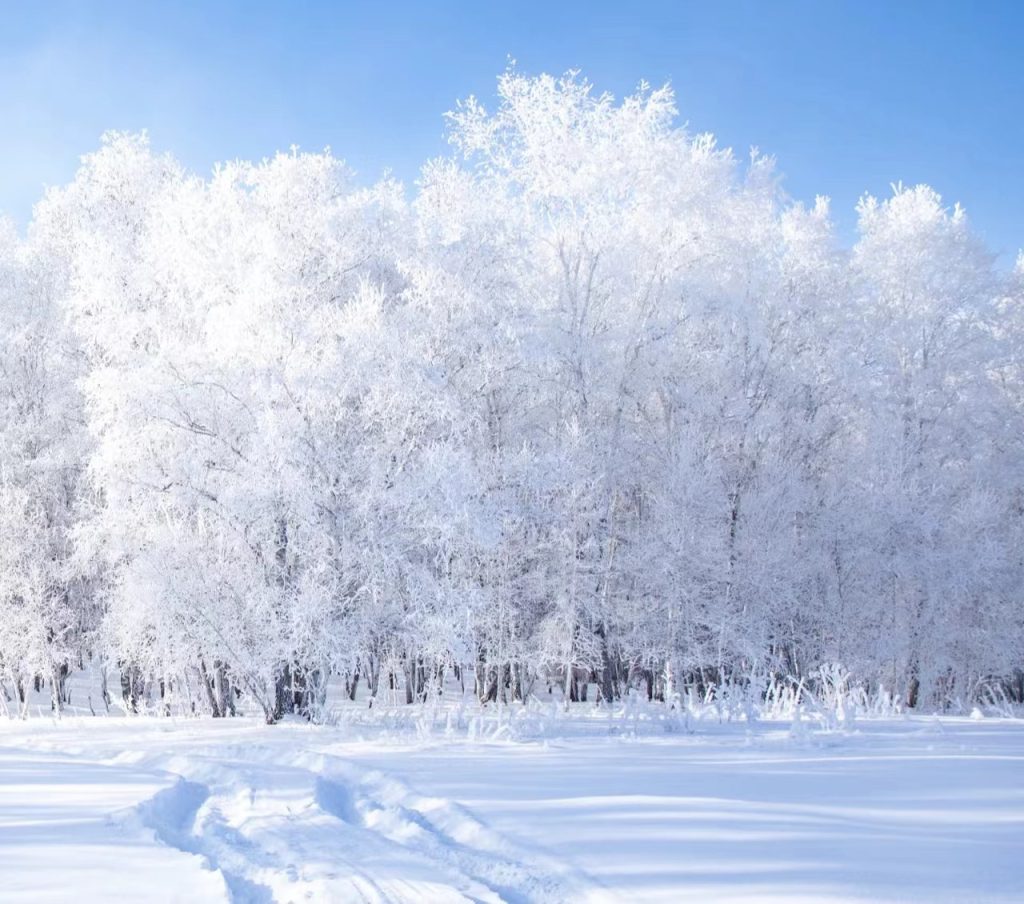
The Birch Forest in Hulunbuir, often referred to as the “Forest Miracle of the East,” is a paradise for nature lovers and photographers alike. The tall, white birch trees stand proudly, their slender trunks and lush green leaves making for a striking sight. In autumn, the leaves turn golden, and the interplay of light and shadow through the trees creates an enchanting atmosphere.
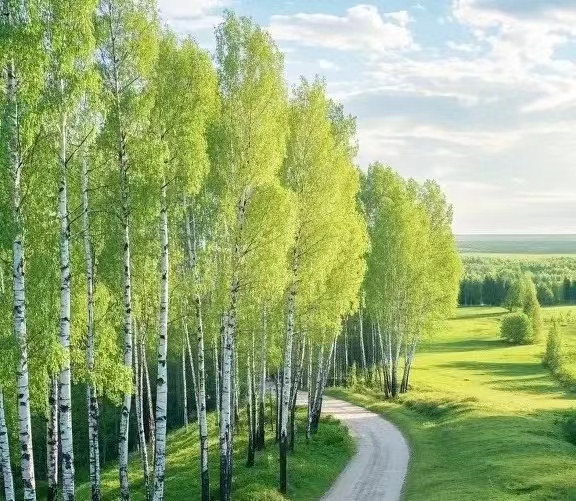
Activities in the Birch Forest:
- Hiking: Explore the various hiking trails through the forest. The paths are perfect for a peaceful walk, allowing you to soak in the natural beauty.
- Cycling: For a more active experience, bike through the forest, enjoying the crisp air and stunning surroundings.
- Photography: The fall and winter months are especially photogenic, with snow and frost covering the trees—perfect for those looking to capture the beauty of nature.
186 Rainbow River: Nature’s Colorful Masterpiece
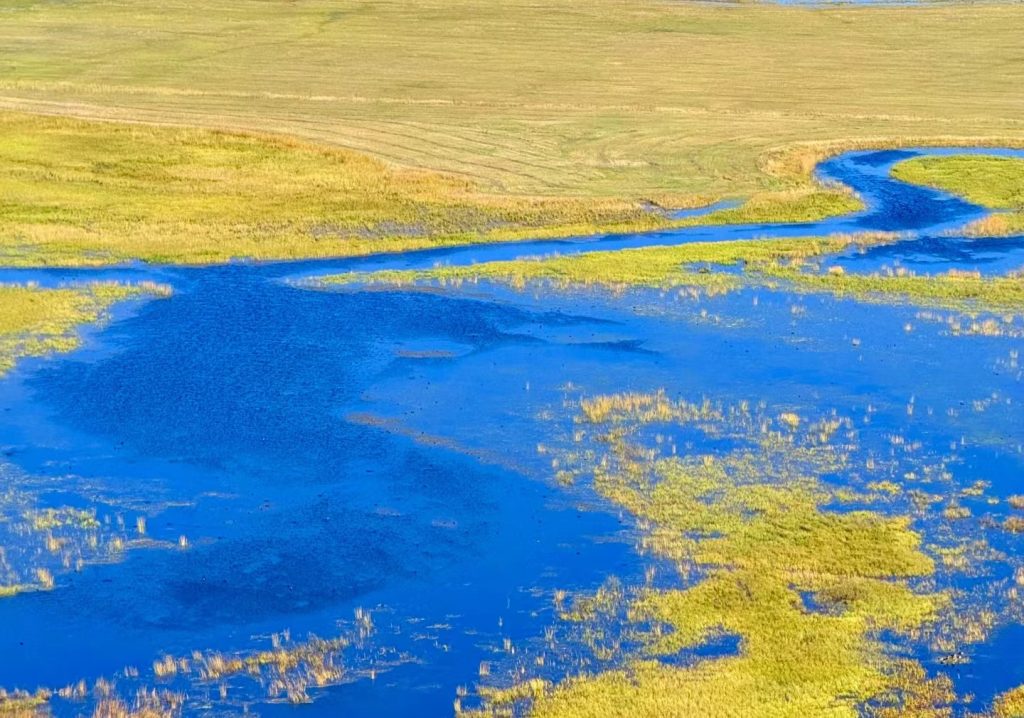
The 186 Rainbow River (also known as the Rainbow River Scenic Area) is one of the most visually stunning natural attractions in Hulunbuir. Due to the minerals suspended in the water, the river appears to shimmer in vibrant colors under the sunlight, resembling a flowing rainbow ribbon.
Activities to Try at the 186 Rainbow River:
- Boat Tours: Take a boat ride along the river to experience the colorful spectacle up close. The clear waters and surrounding landscapes will transport you to a dreamlike world.
- Camping: Camp by the river and enjoy a night under the stars. Roast marshmallows by the campfire or simply relax in this serene environment.
- Walking on Floating Bridges: Some areas of the river feature floating bridges, where you can take a leisurely walk, enjoying the rippling water beneath your feet.
The Aoluguya Reindeer Tribe: An Extraordinary Cultural Experience
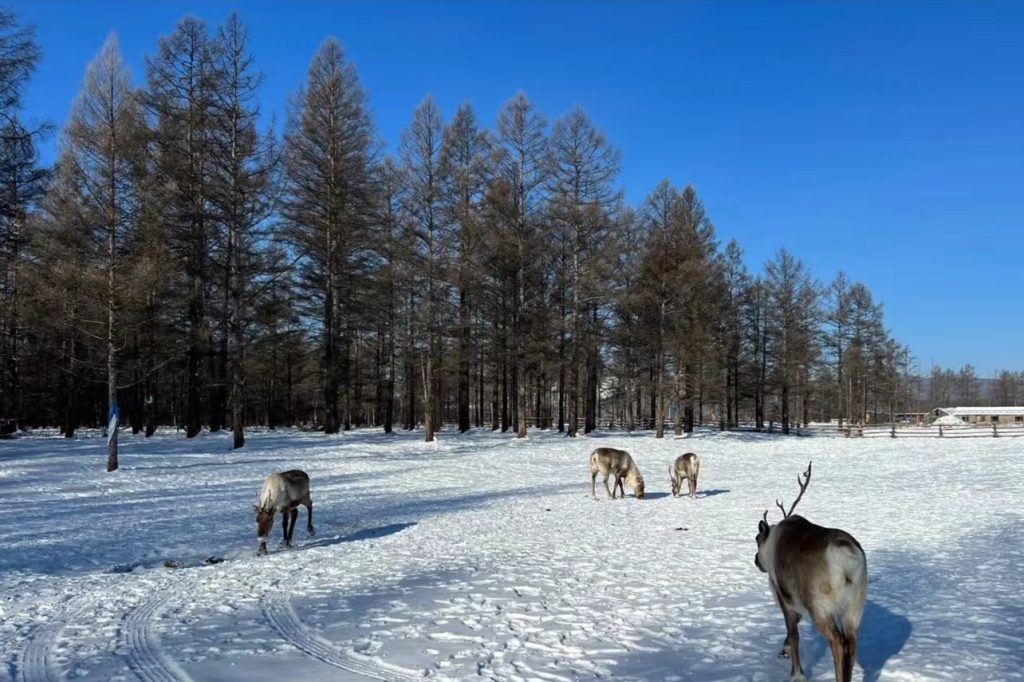
The Aoluguya Reindeer Tribe is the only reindeer herding tribe in China, offering visitors a chance to engage with an ancient way of life. This unique tribe has a long-standing tradition of reindeer domestication and lives in harmony with nature.
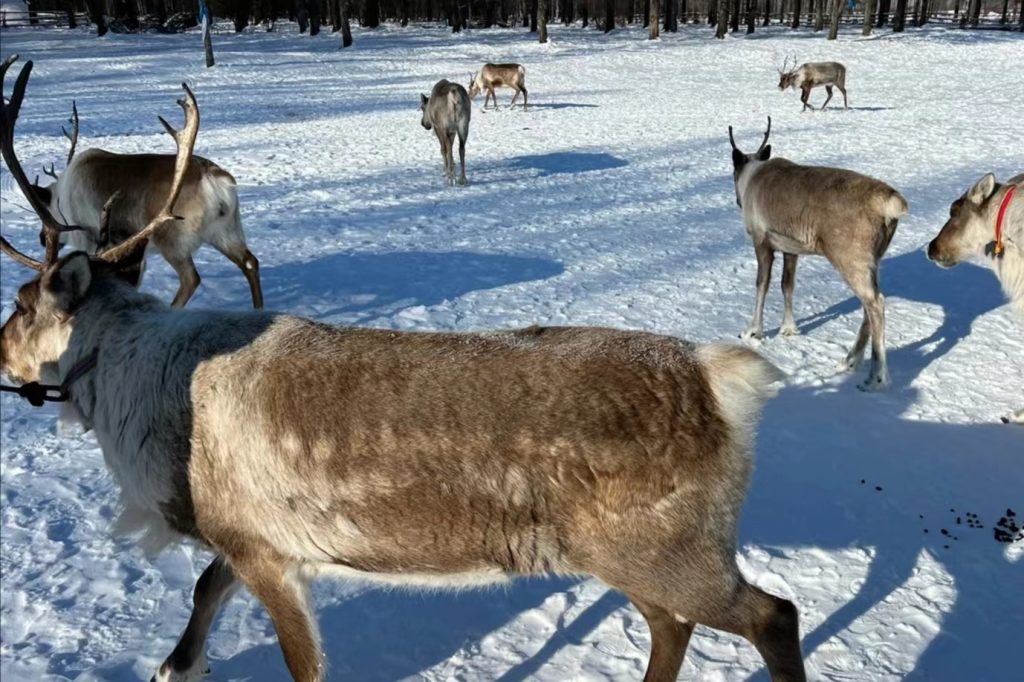
Things to Do in the Aoluguya Reindeer Tribe:
- Interact with Reindeer: Visitors can feed and even ride the reindeer, which is a fun and rare experience.
- Learn About Reindeer Culture: Participate in the daily activities of the reindeer herders, such as milking or tending to the animals.
- Watch Reindeer Performances: During festivals, the tribe hosts reindeer-related competitions and performances, showcasing their rich cultural heritage.
Hulunbuir Cuisine: A Taste of Mongolian Tradition
No trip to Hulunbuir is complete without sampling the local cuisine, which offers a unique blend of Mongolian flavors.
Hand-Pulled Lamb: This Mongolian dish features tender lamb, often served with dipping sauces or scallions. It’s simple yet flavorful, offering an authentic taste of the region.

Roast Whole Lamb: A festive delicacy, this dish involves slow-roasting an entire lamb, resulting in a juicy, aromatic, and tender meat that’s perfect for sharing.
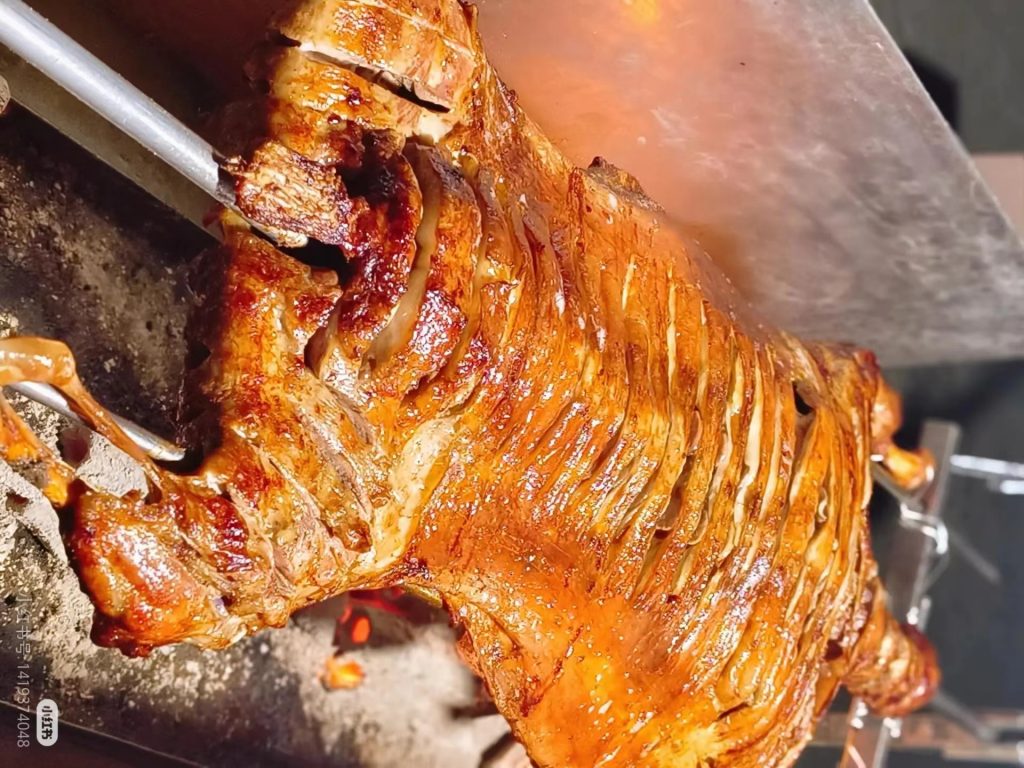
Mongolian Hotpot: Unlike Sichuan hotpot, Mongolian hotpot features lamb and vegetables cooked in a simple broth. It’s a comforting, flavorful dish ideal for colder weather.
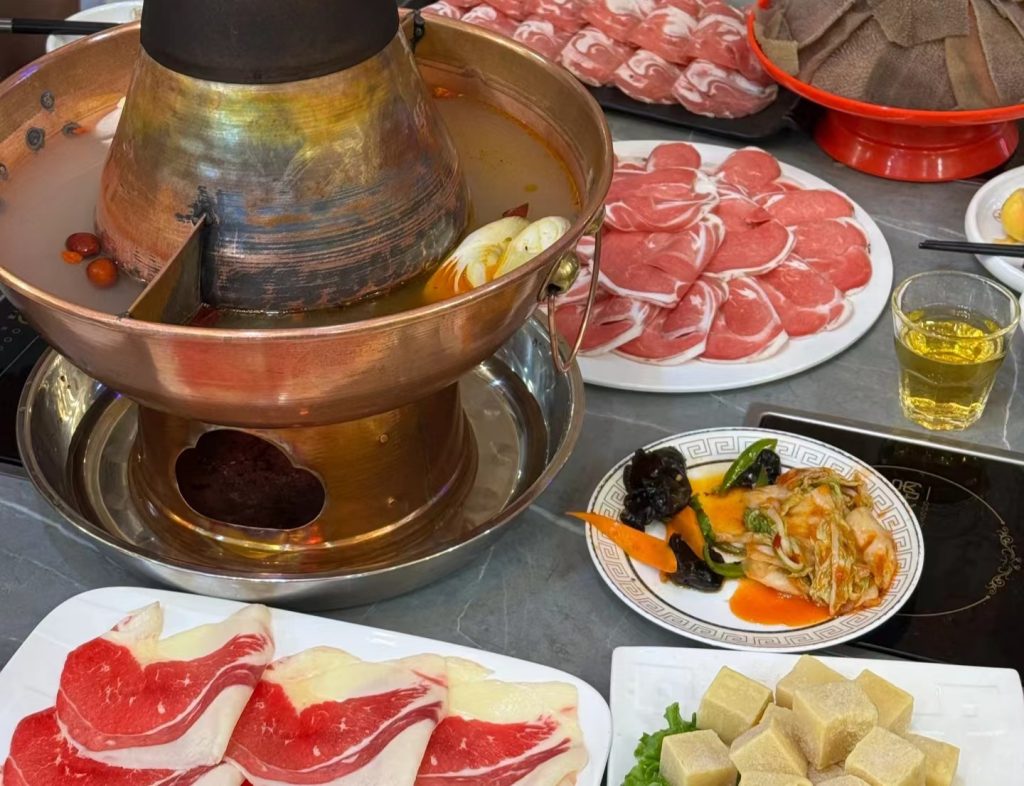
Milk Tea (Butter Tea): A rich and hearty beverage made from milk, tea leaves, and butter, perfect for warming up on chilly evenings.

Horse Milk Wine: A traditional drink made from fermented horse milk, often an acquired taste but highly valued by locals.
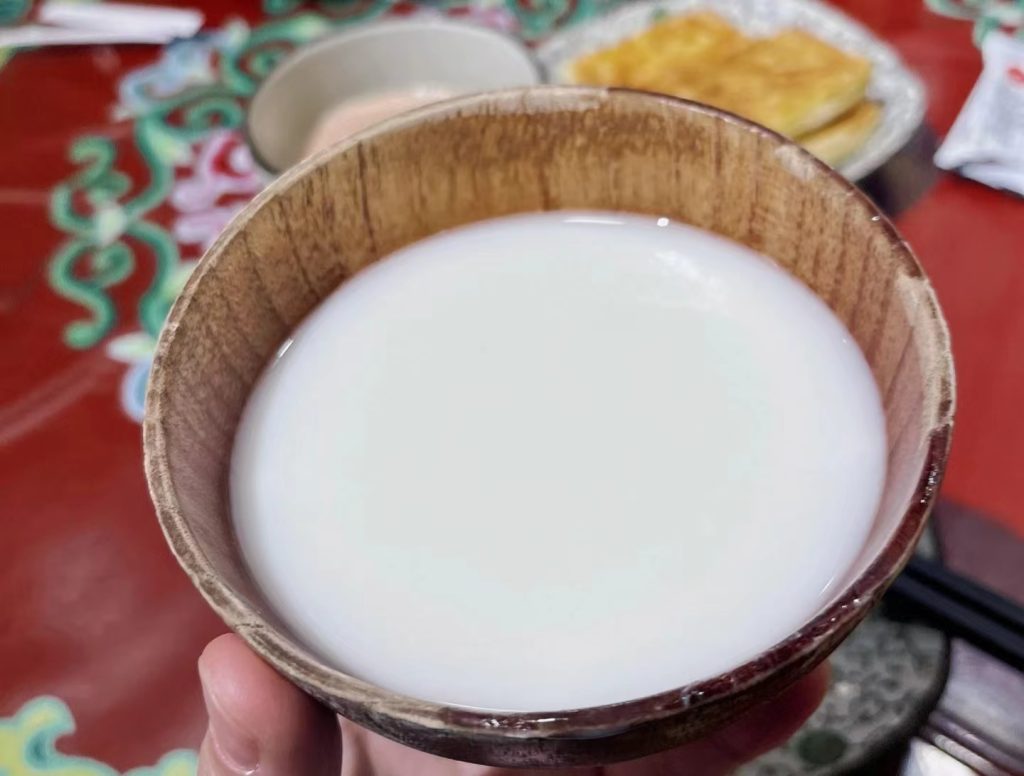
From the vast grasslands to the picturesque rivers, unique cultural experiences, and delicious cuisine, Hulunbuir is a must-visit destination for anyone exploring China or Asia travel. Whether you’re seeking adventure, relaxation, or a deep cultural immersion, Hulunbuir offers an unforgettable experience. So, pack your bags, saddle up, and get ready for the journey of a lifetime!
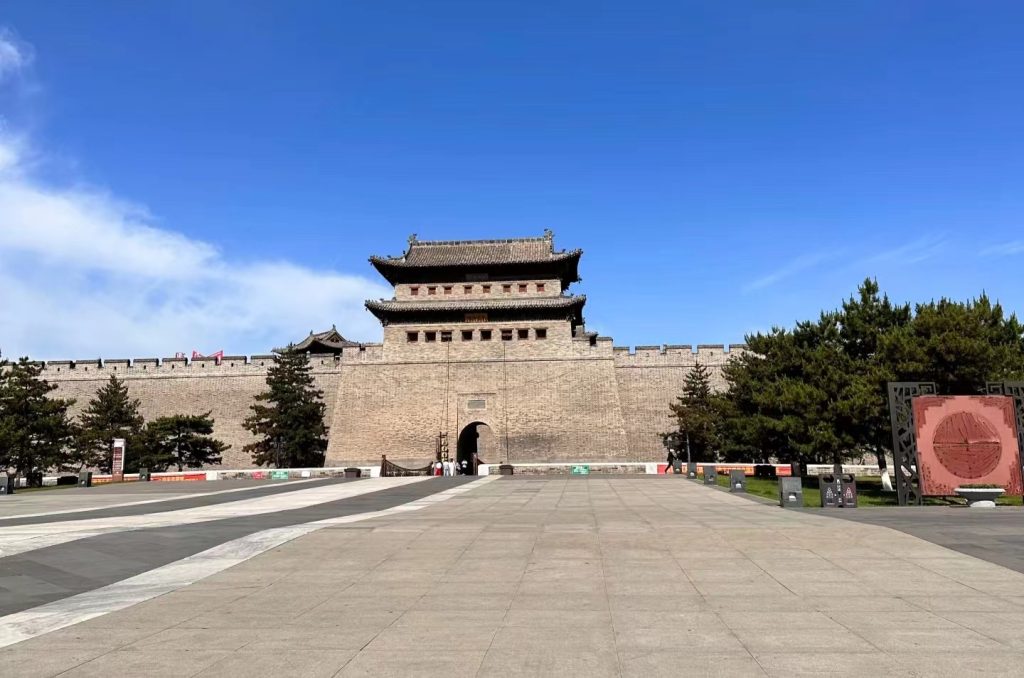
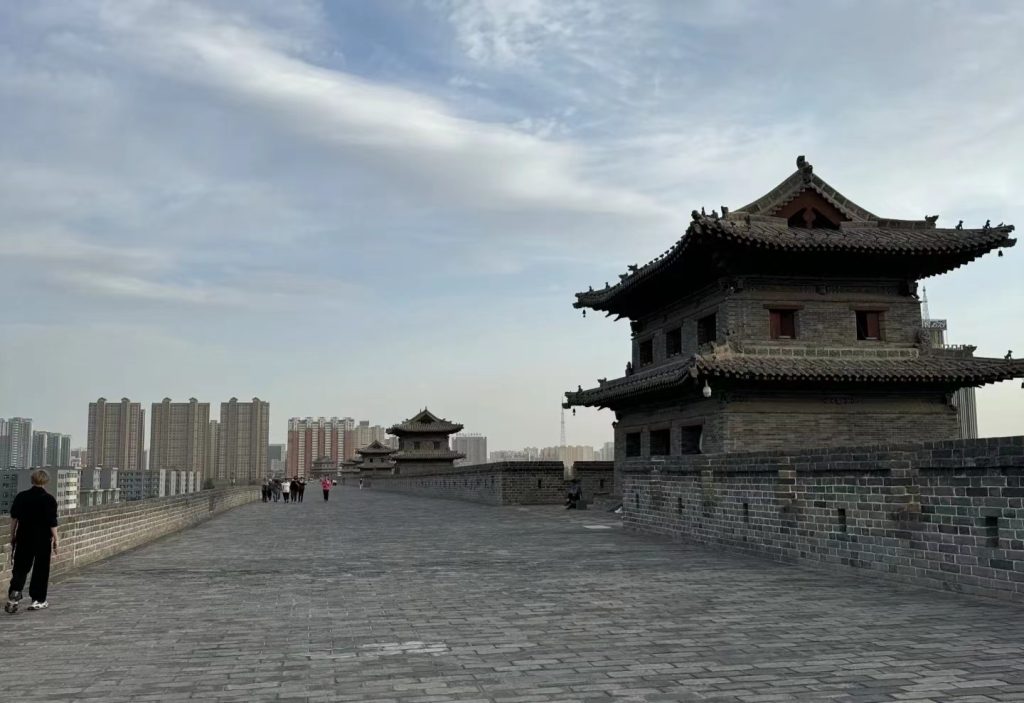
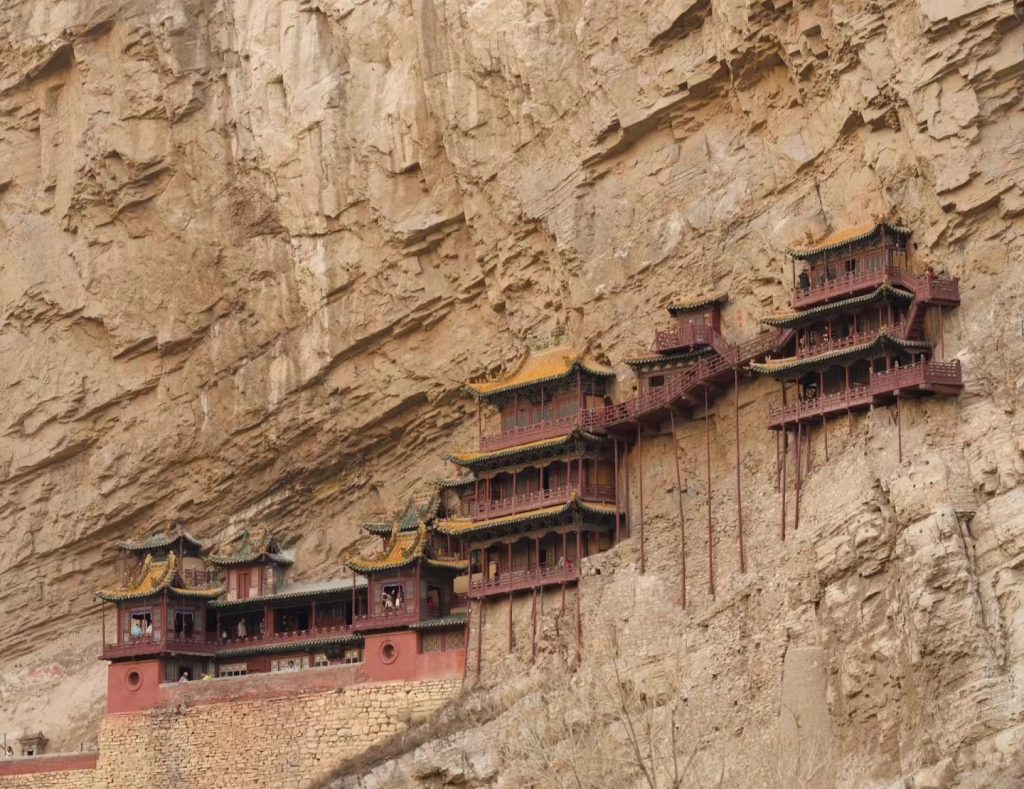
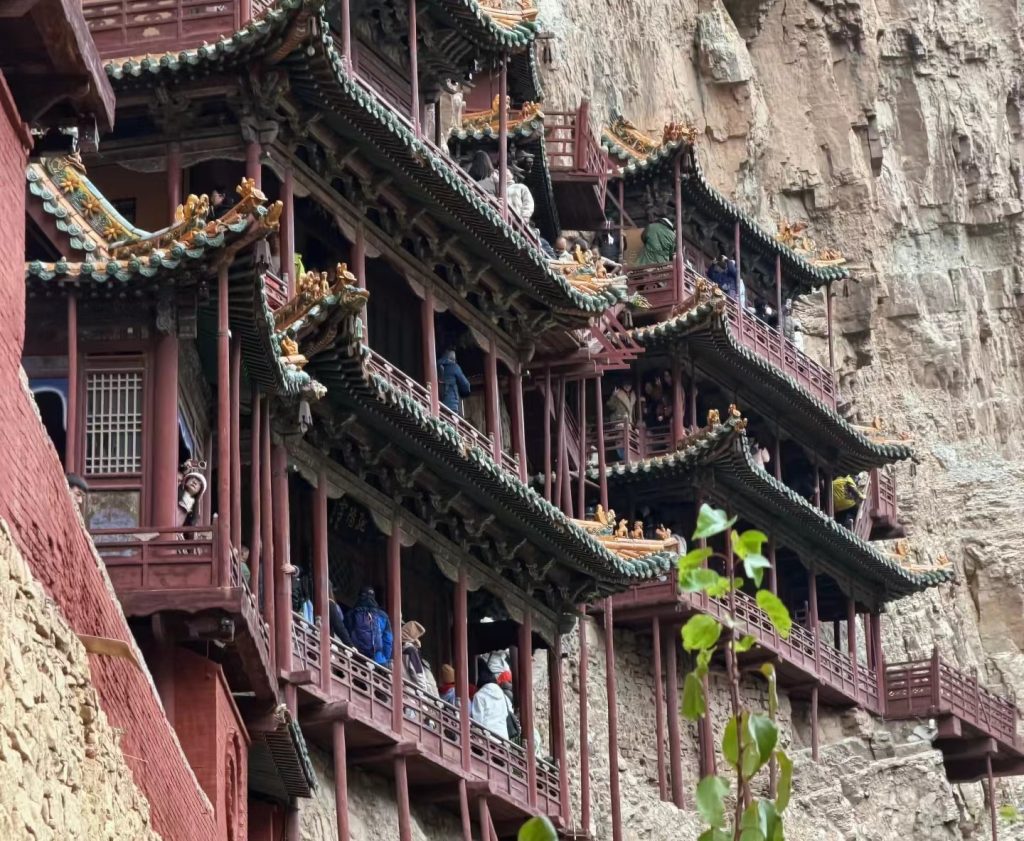

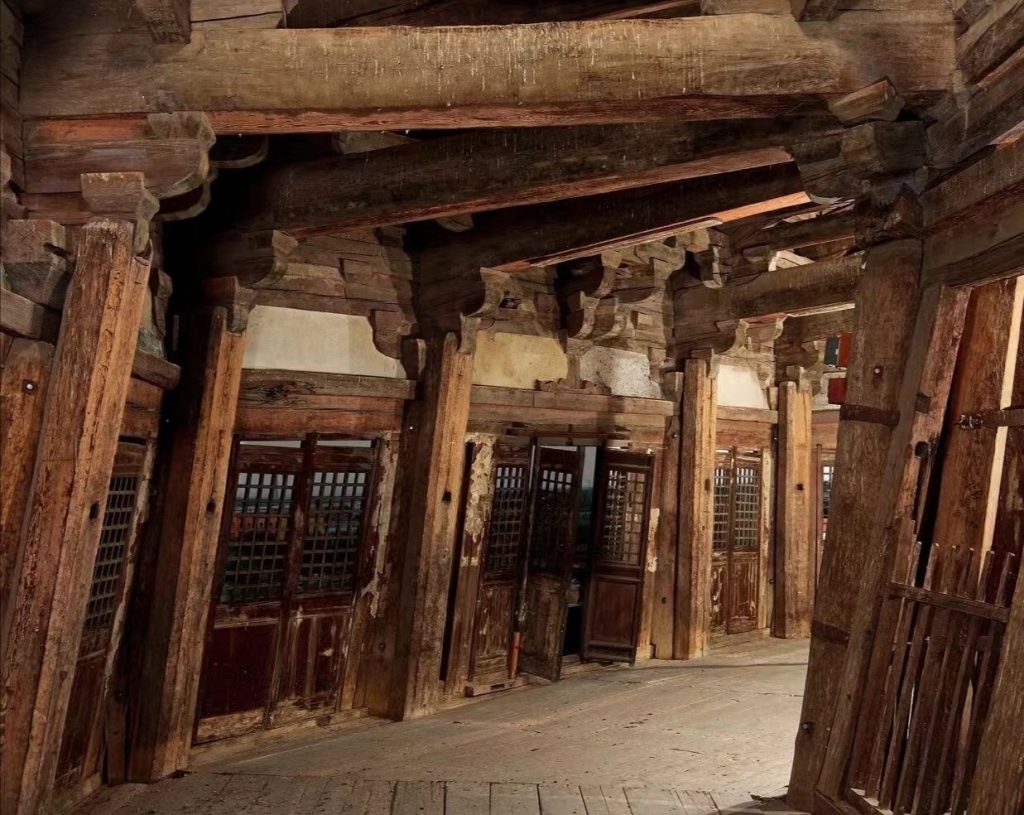
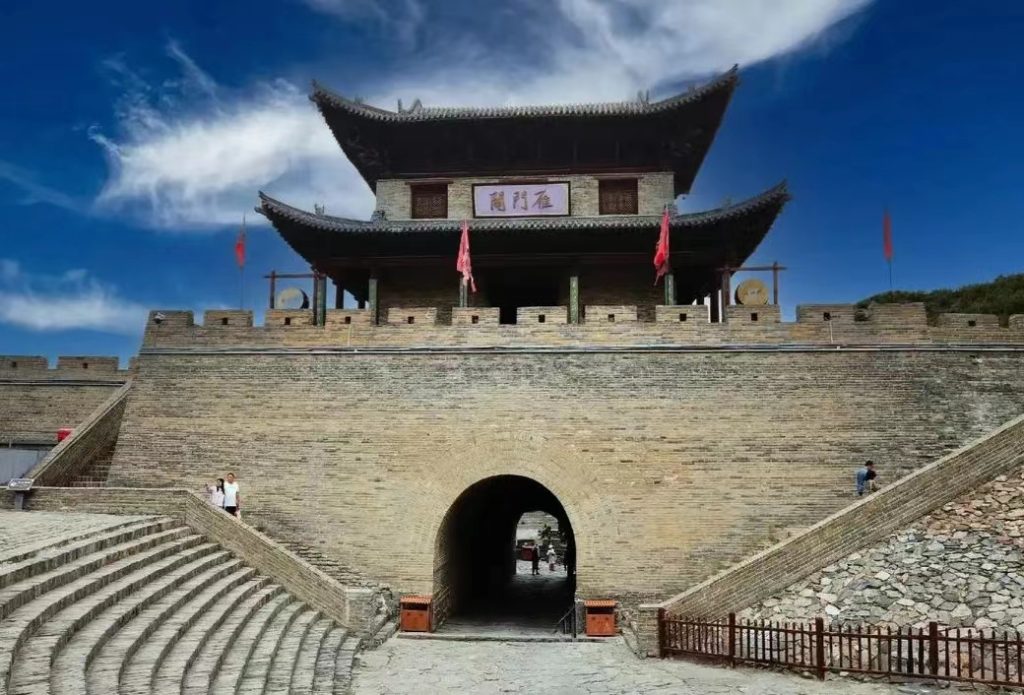
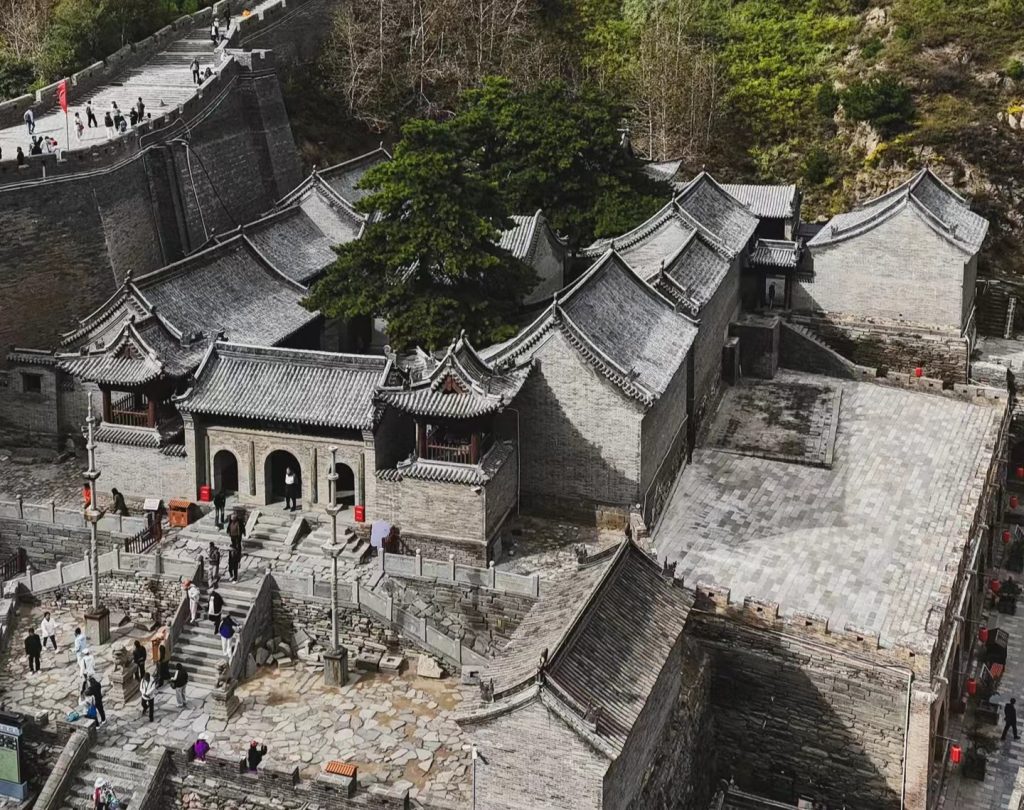

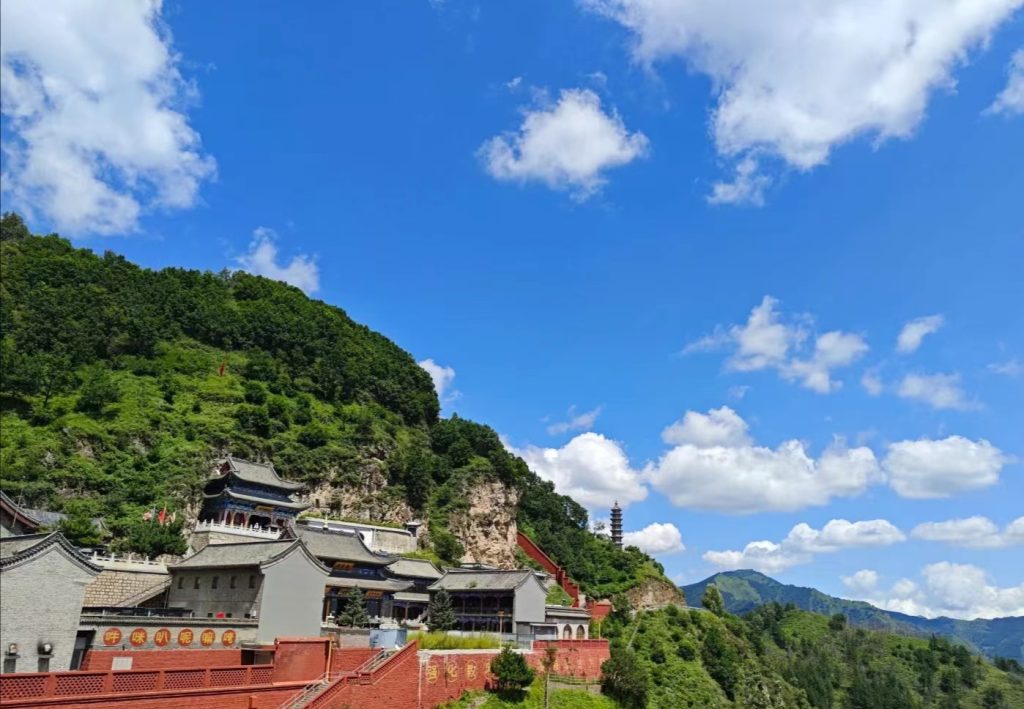
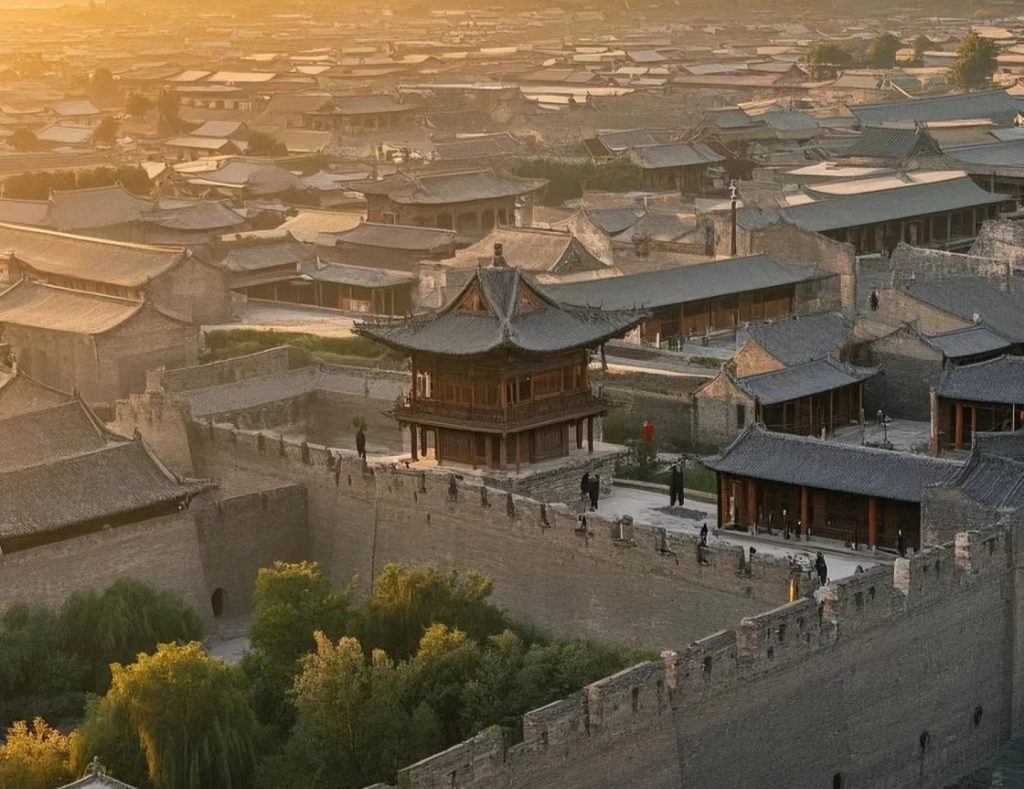
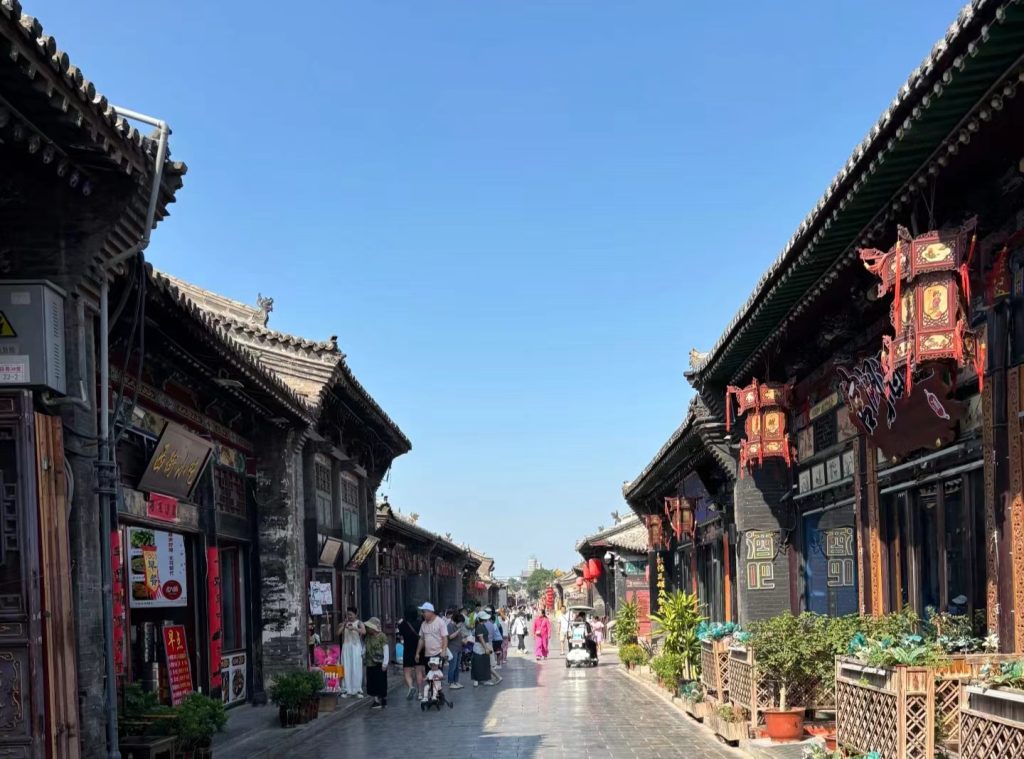
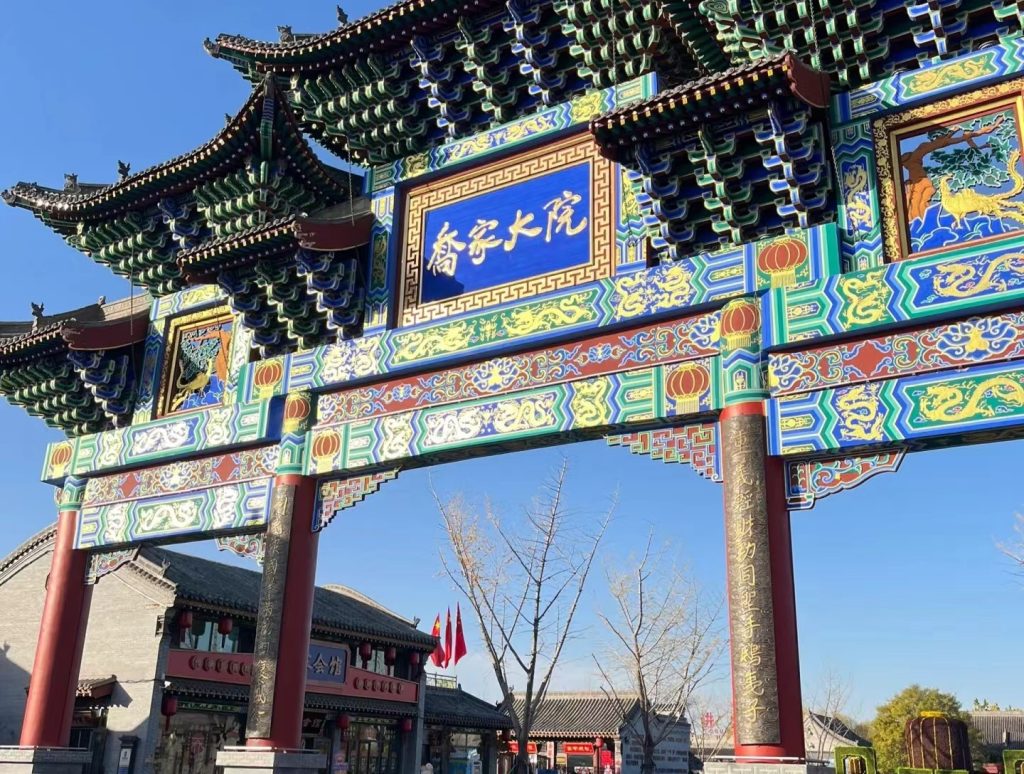
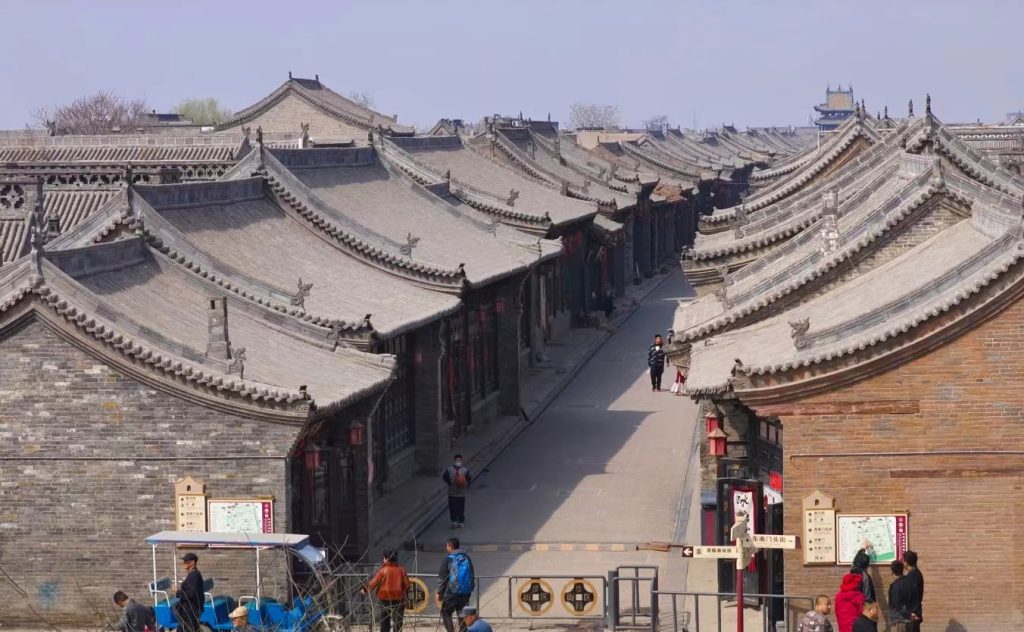
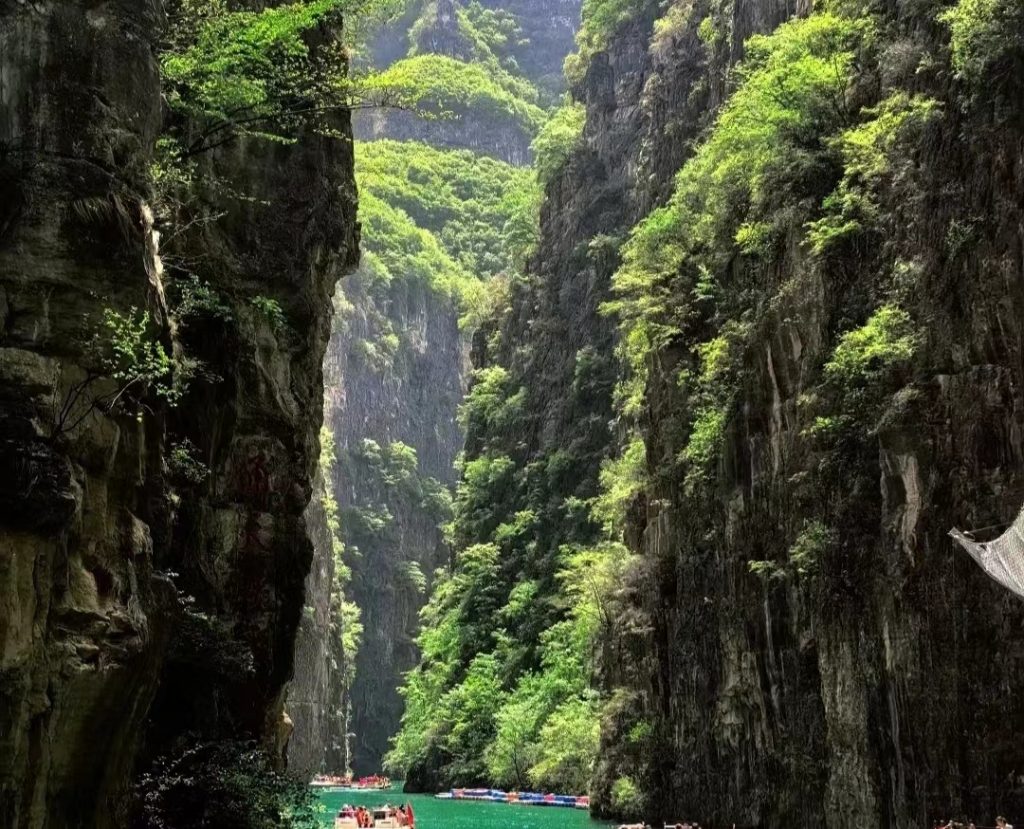
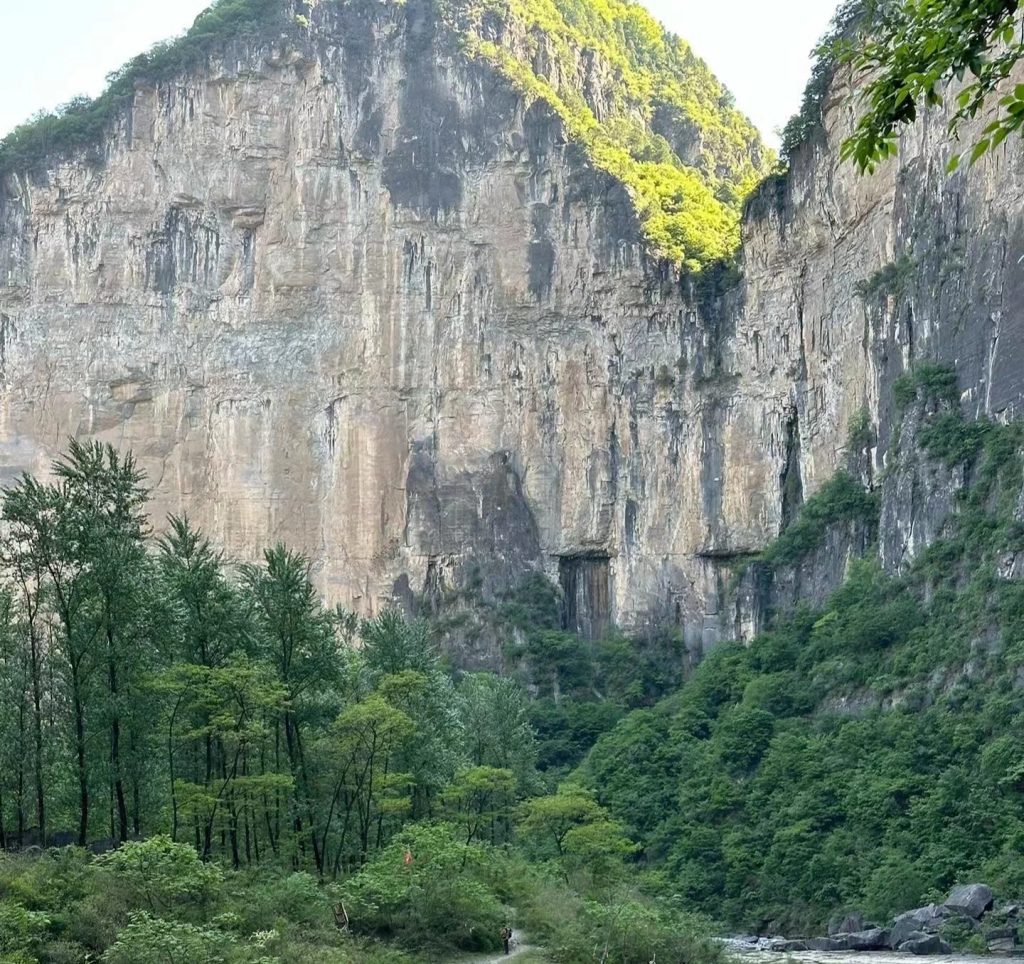


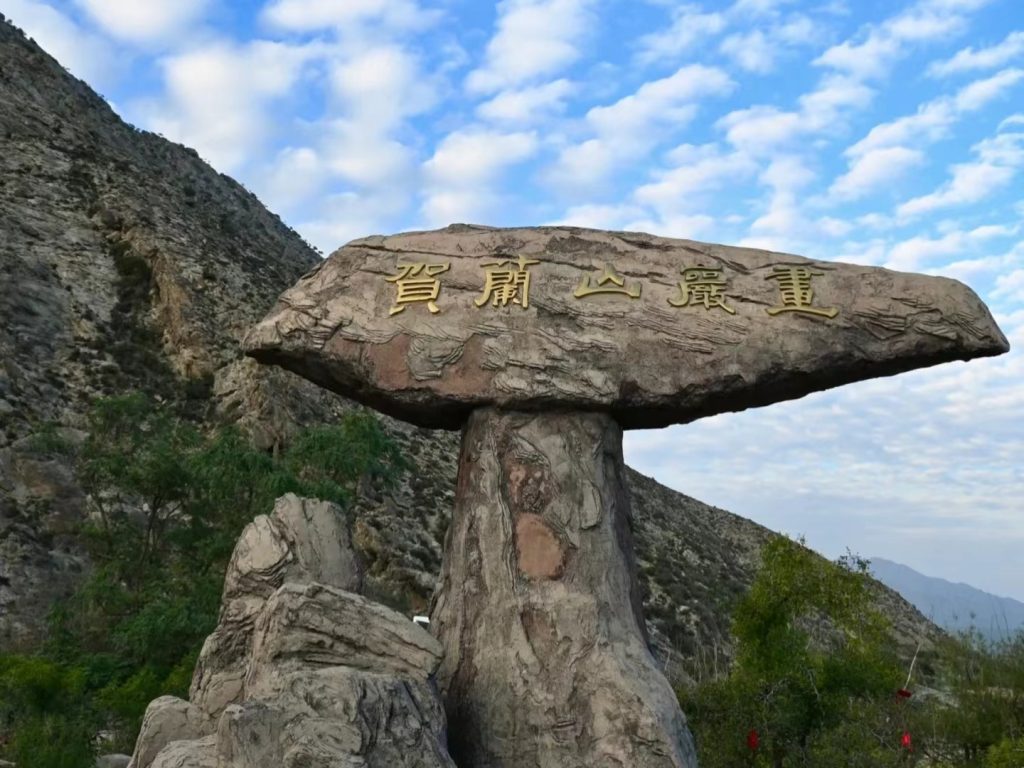
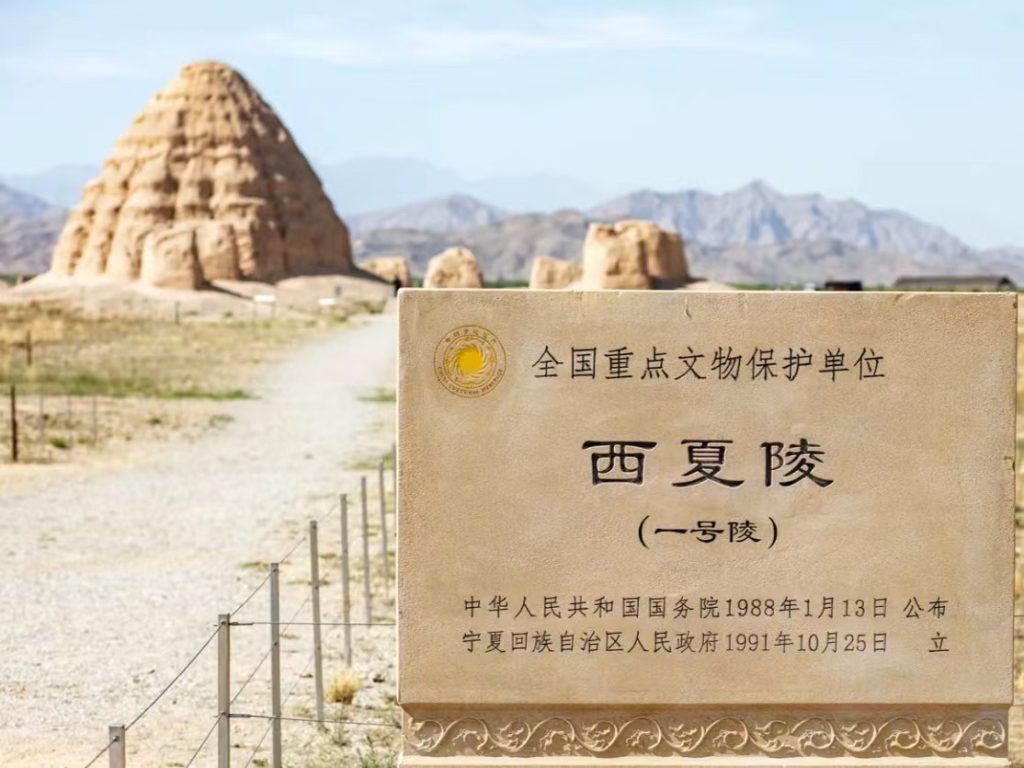
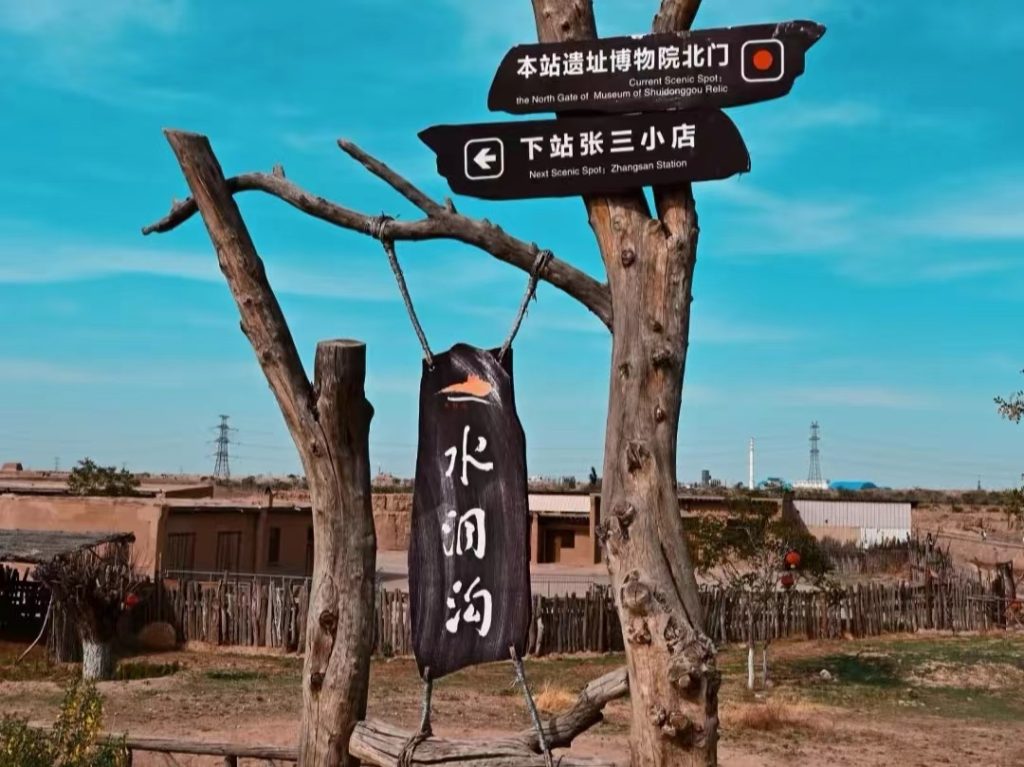
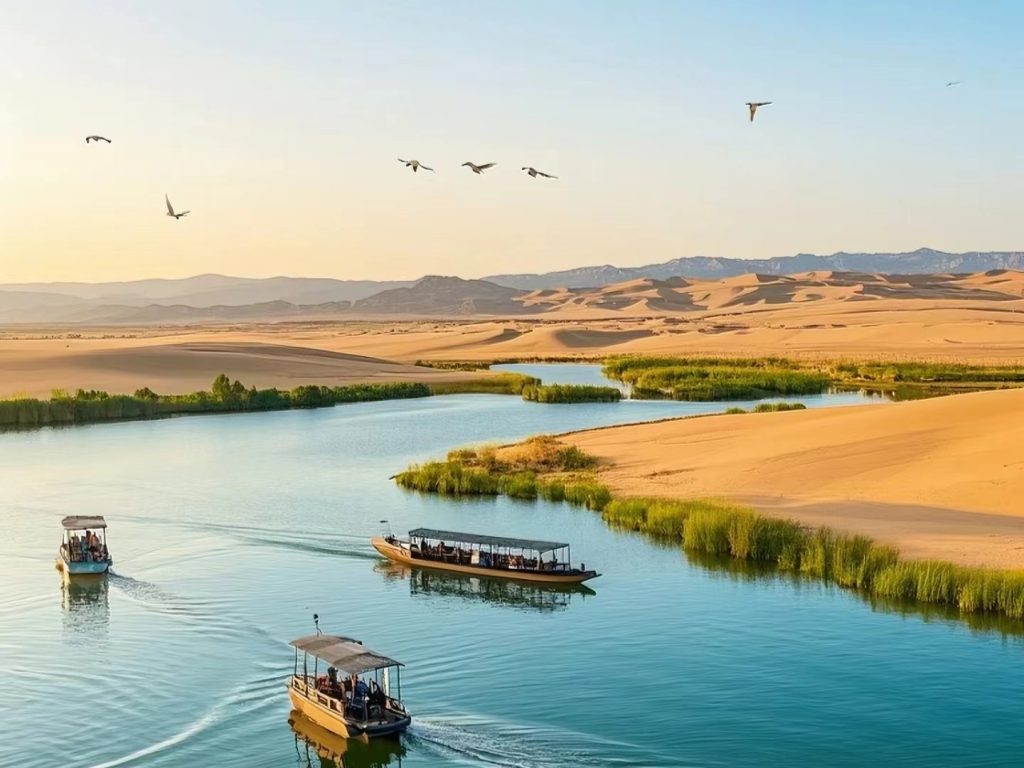
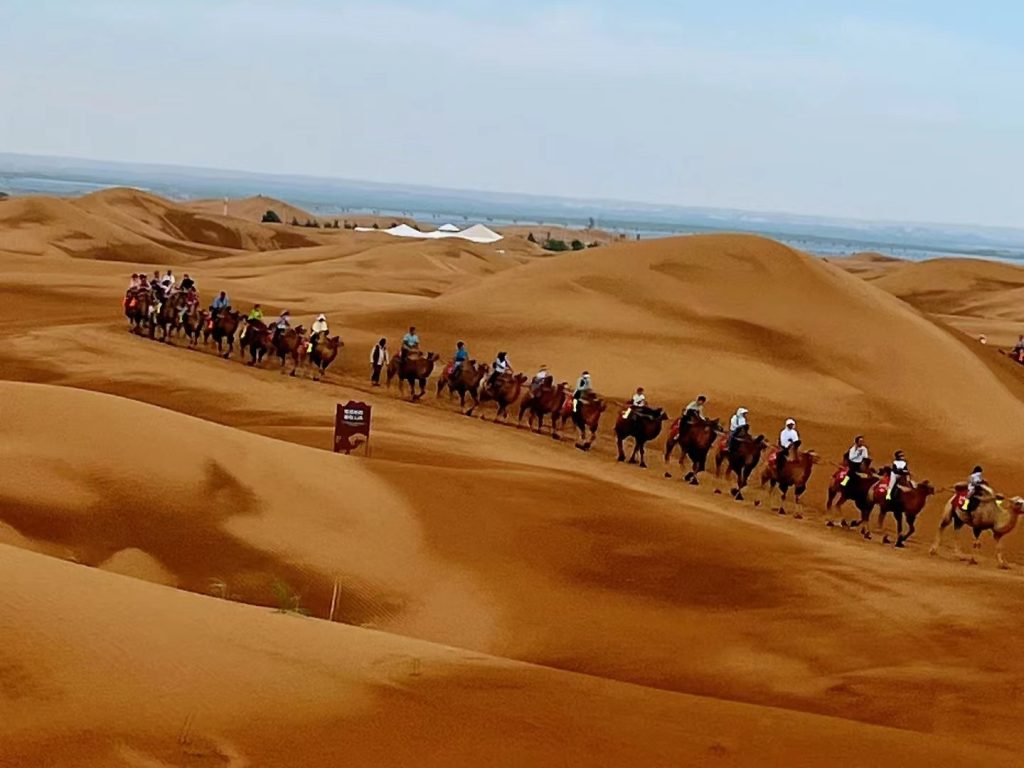


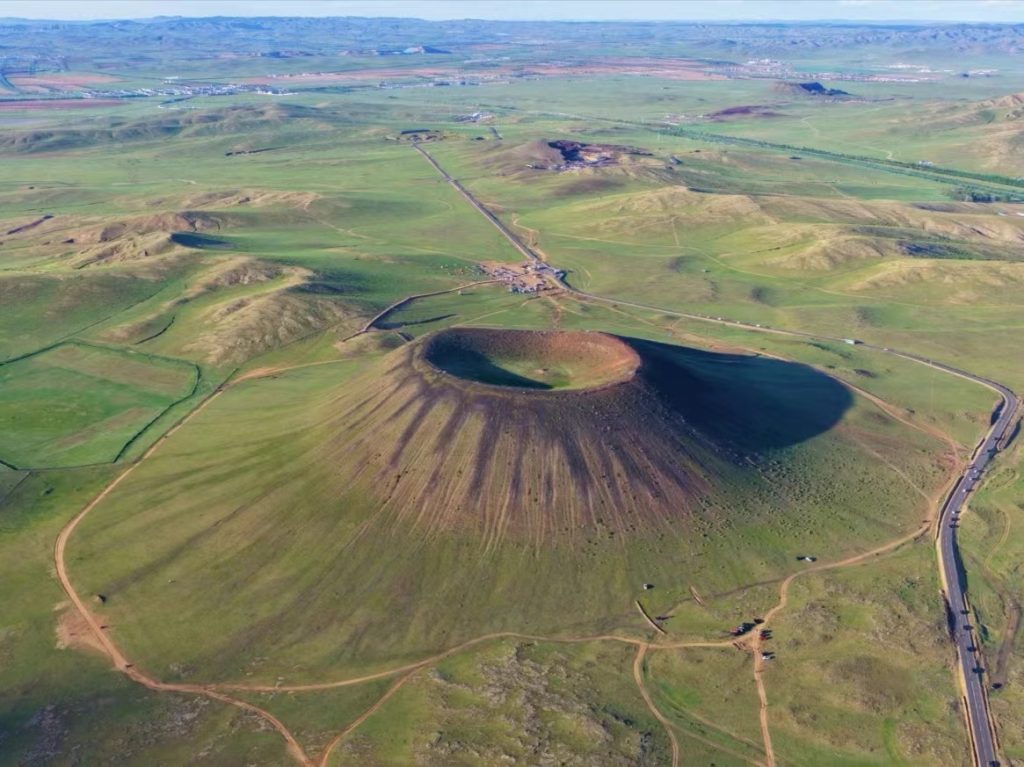
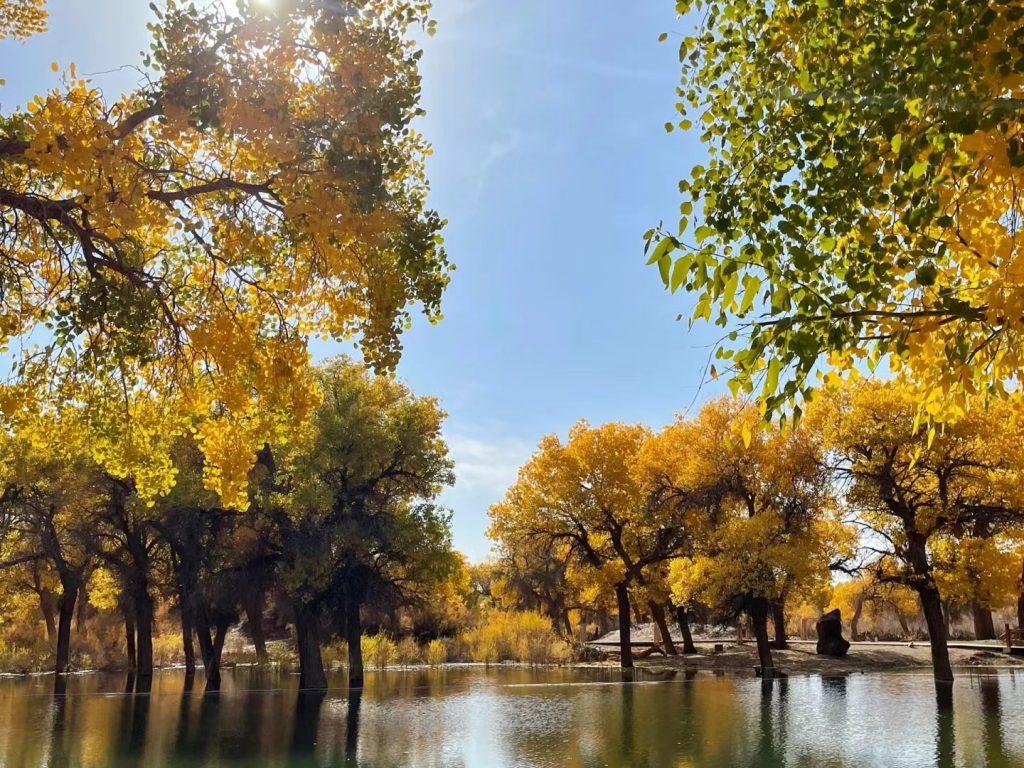
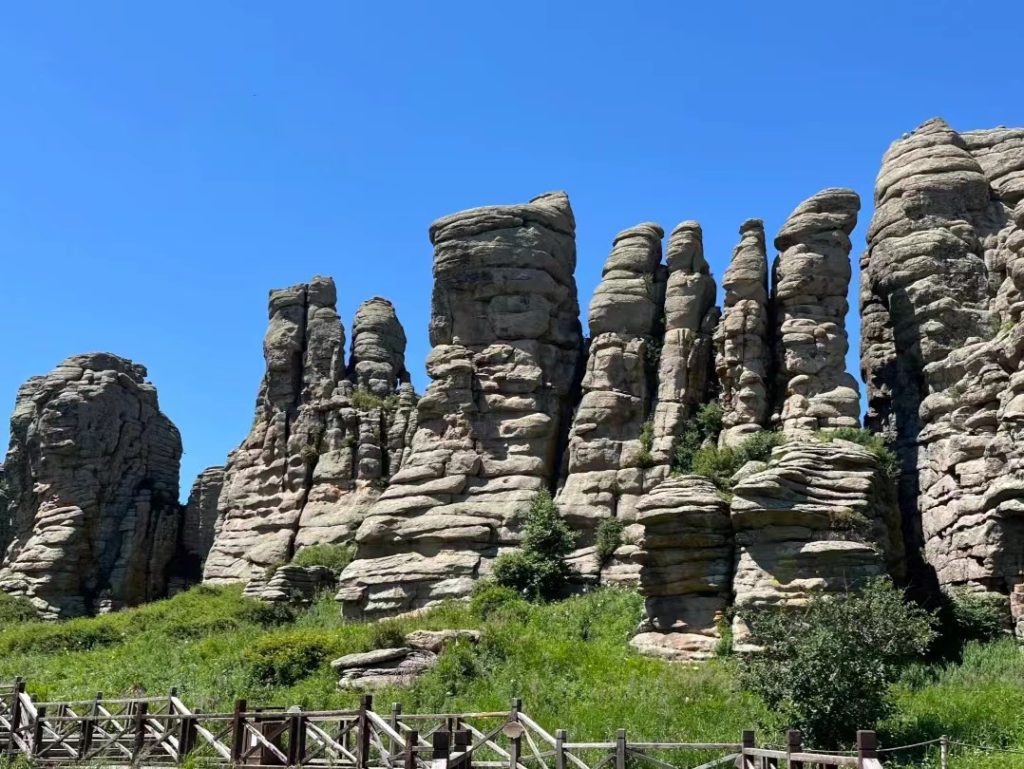
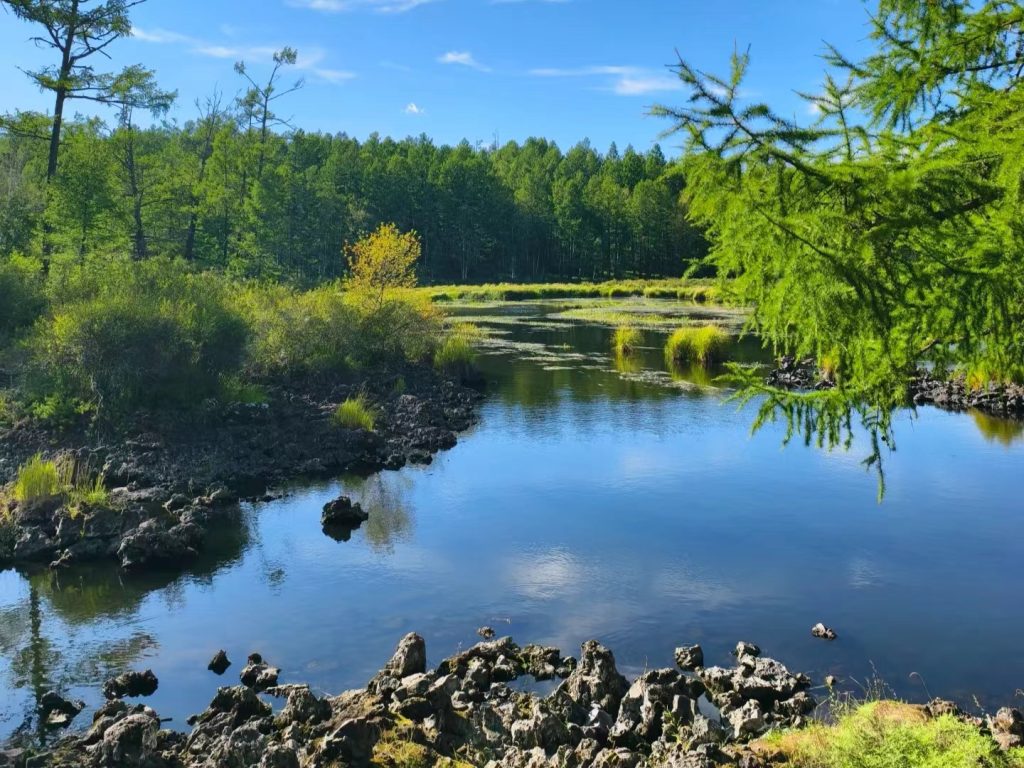
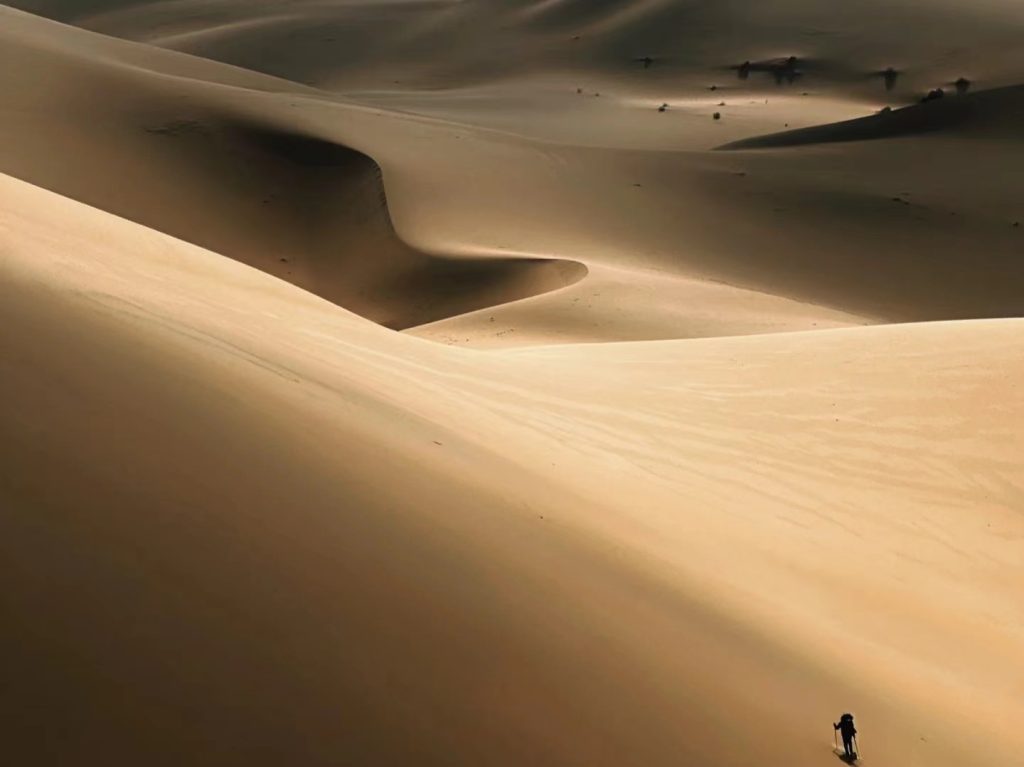
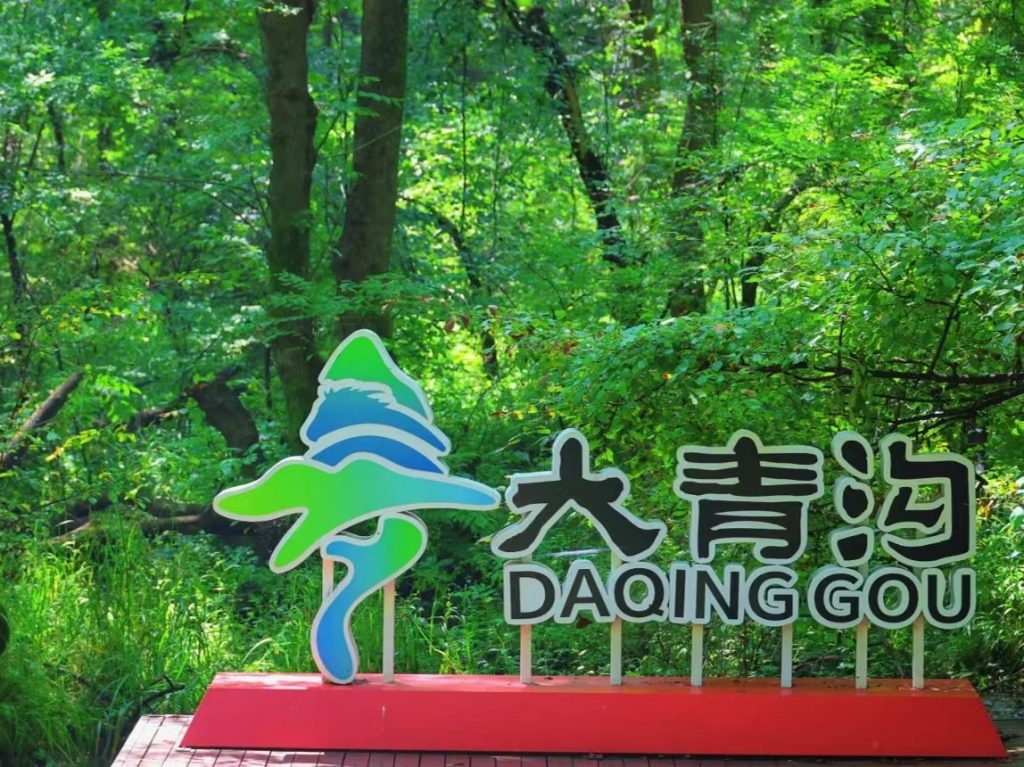
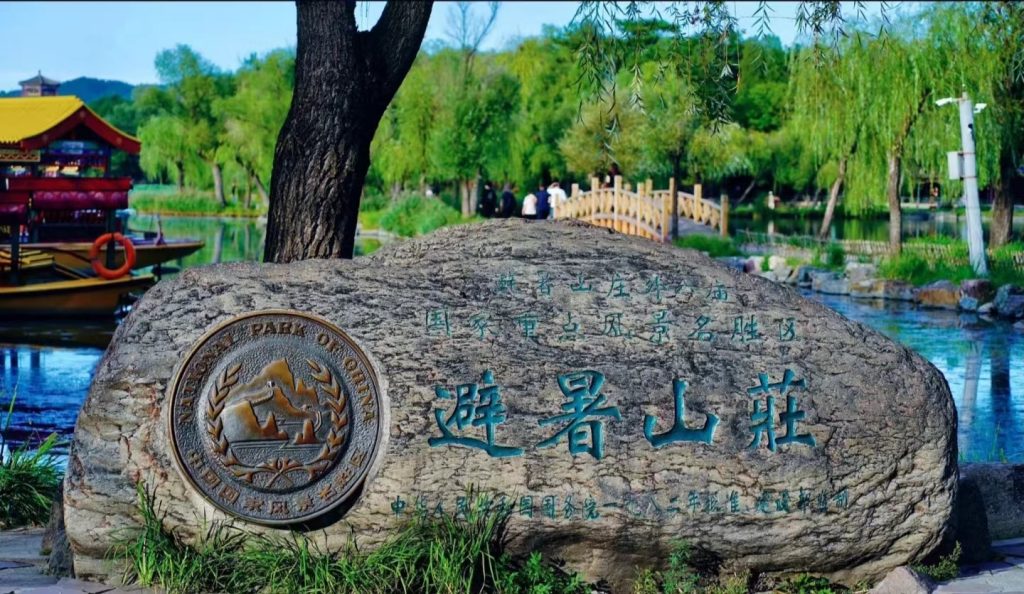
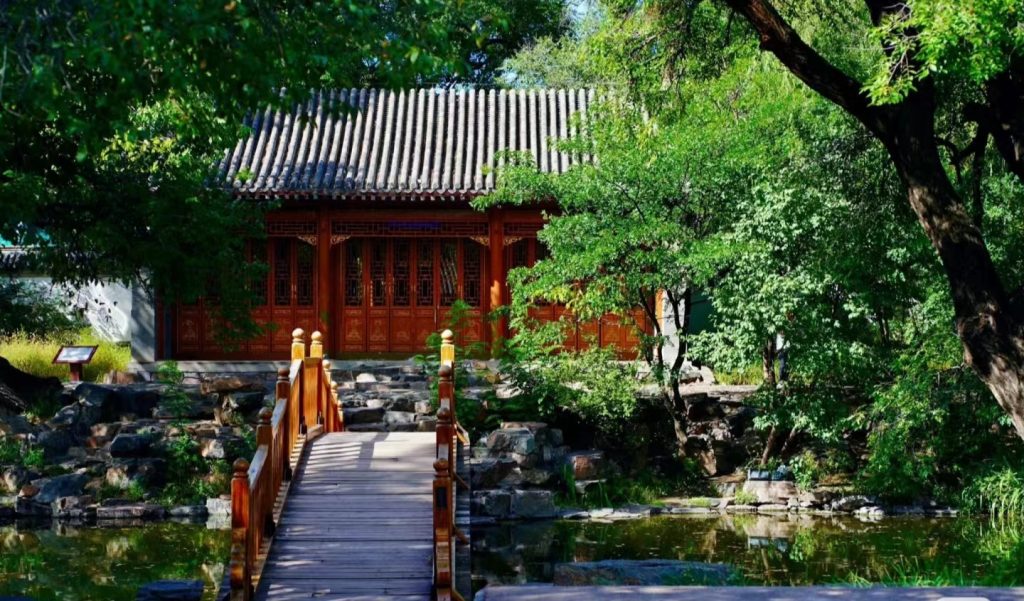

 Longqing Gorge combines the charm of the southern landscape with the majesty of the northern landscape in China. The canyons are tortuous, the river is green, the cliffs on both sides are steep, and the caves, stalagmites and stone pillars are densely covered. It is known as the “Little Li River” of Beijing. In spring and summer, people come here to play and go out; in winter, there is a sea of ice lanterns.
Longqing Gorge combines the charm of the southern landscape with the majesty of the northern landscape in China. The canyons are tortuous, the river is green, the cliffs on both sides are steep, and the caves, stalagmites and stone pillars are densely covered. It is known as the “Little Li River” of Beijing. In spring and summer, people come here to play and go out; in winter, there is a sea of ice lanterns. Longqing Gorge not only has beautiful natural scenery, but also has matching amusement facilities. You can take the elevator directly to the cruise ship dock near Baihua Cave. There is also a thrilling wing slide in the scenic area, which can slide from the mouth of Baihua Cave to Cuidao in the center of the lake at high speed. In the vicinity of Baihua Cave, you can take the ropeway directly to the Shenxianyuan in the middle of the mountain. In addition, there are rock climbing grounds, ice climbing bases, bungee jumping, and other thrilling projects in the scenic area. Extreme sports enthusiasts can also find your own happiness here.
Longqing Gorge not only has beautiful natural scenery, but also has matching amusement facilities. You can take the elevator directly to the cruise ship dock near Baihua Cave. There is also a thrilling wing slide in the scenic area, which can slide from the mouth of Baihua Cave to Cuidao in the center of the lake at high speed. In the vicinity of Baihua Cave, you can take the ropeway directly to the Shenxianyuan in the middle of the mountain. In addition, there are rock climbing grounds, ice climbing bases, bungee jumping, and other thrilling projects in the scenic area. Extreme sports enthusiasts can also find your own happiness here. Volga Manor is located on the original ecological Ashe River in the outskirts of Harbin. It covers an area of more than 600,000 square meters. It is a tourist attraction based on the history of Harbin and the theme of Russian culture. It is a manor which is fully enriched with exotic customs. The manor integrates the functions of sightseeing, leisure and vacation, outdoor sports, exhibitions, research trips, wedding celebrations, etc. It can accommodate thousands of people for dining and hundreds of people for accommodation at the same time.
Volga Manor is located on the original ecological Ashe River in the outskirts of Harbin. It covers an area of more than 600,000 square meters. It is a tourist attraction based on the history of Harbin and the theme of Russian culture. It is a manor which is fully enriched with exotic customs. The manor integrates the functions of sightseeing, leisure and vacation, outdoor sports, exhibitions, research trips, wedding celebrations, etc. It can accommodate thousands of people for dining and hundreds of people for accommodation at the same time. In winter, the main goal of the manor is to advocate the destination of Russian-style ice and snow artistic life experience. It integrates Russian-style ice and snow and activities such as castle skiing and castle snow circle into the scenic area, presenting not only the beauty of architecture, but also the real Russian art life.
In winter, the main goal of the manor is to advocate the destination of Russian-style ice and snow artistic life experience. It integrates Russian-style ice and snow and activities such as castle skiing and castle snow circle into the scenic area, presenting not only the beauty of architecture, but also the real Russian art life. Xishuangbanna Tropical Flowers and Plants Garden is located in the Tropical Crop Science Institute of Yunnan Province in Jinghong City, the capital of Xishuangbanna Prefecture, Yunnan. It covers an area of 80 hectares and is one of the main attractions in Xishuangbanna Scenic Area. It was rated as an AAA-level scenic spot by the National Tourism Administration in 2001 and is now an AAAA-level scenic spot. The garden is divided into Baicao Garden, Palm Plant Area, Sparse Tree Lawn Area, Fruit Tree Area and Economic Crops Area, etc. There are nearly 1,000 varieties of various flowers and economic plants in the garden. Xishuangbanna Tropical Flowers and Plants Garden displays the connotation of popular science through tropical flowers and tropical plant landscapes. It is a theme park integrating scientific research, popular science, patriotism education, tourism, leisure, and vacation.
Xishuangbanna Tropical Flowers and Plants Garden is located in the Tropical Crop Science Institute of Yunnan Province in Jinghong City, the capital of Xishuangbanna Prefecture, Yunnan. It covers an area of 80 hectares and is one of the main attractions in Xishuangbanna Scenic Area. It was rated as an AAA-level scenic spot by the National Tourism Administration in 2001 and is now an AAAA-level scenic spot. The garden is divided into Baicao Garden, Palm Plant Area, Sparse Tree Lawn Area, Fruit Tree Area and Economic Crops Area, etc. There are nearly 1,000 varieties of various flowers and economic plants in the garden. Xishuangbanna Tropical Flowers and Plants Garden displays the connotation of popular science through tropical flowers and tropical plant landscapes. It is a theme park integrating scientific research, popular science, patriotism education, tourism, leisure, and vacation. The ticket for Xishuangbanna Tropical Flowers and Plants Garden is 40 yuan, and you can enjoy pure natural plants and flowers, breathe in the fresh air, appreciate the beautiful tropical scenery and style, and let people experience the harmony between man and nature.
The ticket for Xishuangbanna Tropical Flowers and Plants Garden is 40 yuan, and you can enjoy pure natural plants and flowers, breathe in the fresh air, appreciate the beautiful tropical scenery and style, and let people experience the harmony between man and nature. The Tientsin Eye’s full name is the Yongle Bridge Tientsin Eye, which connects Hebei District and Hongqiao District across the Haihe River. It is a Ferris wheel for cross-river construction and bridge-wheel integration. It has both sightseeing and transportation functions. The Tientsin Eye is a rare ferris wheel from where you can overlook the scenery on the bridge and it is one of Tianjin’s landmarks. Every night when the lights are on, the colorful lights of the Tientsin Eye are soft and beautiful.
The Tientsin Eye’s full name is the Yongle Bridge Tientsin Eye, which connects Hebei District and Hongqiao District across the Haihe River. It is a Ferris wheel for cross-river construction and bridge-wheel integration. It has both sightseeing and transportation functions. The Tientsin Eye is a rare ferris wheel from where you can overlook the scenery on the bridge and it is one of Tianjin’s landmarks. Every night when the lights are on, the colorful lights of the Tientsin Eye are soft and beautiful. The Yongle Bridge Tientsin Eye is magnificent and majestic from a distance during the day. At night, when the neon lights up, it becomes a beautiful scenery on the Haihe River, attracting visitors coming here. There are generally two ways to play the Tianjin Eye, ride or take photos from a distance. The ride on the Ferris wheel is 70 yuan per person. If you want to enjoy it alone, you can also spend 400 yuan to pack a cabin. The Tientsin Eye cabin is air-conditioned, so you can slowly and comfortably watch the surrounding scenery, especially after dark at night, it is shocking.
The Yongle Bridge Tientsin Eye is magnificent and majestic from a distance during the day. At night, when the neon lights up, it becomes a beautiful scenery on the Haihe River, attracting visitors coming here. There are generally two ways to play the Tianjin Eye, ride or take photos from a distance. The ride on the Ferris wheel is 70 yuan per person. If you want to enjoy it alone, you can also spend 400 yuan to pack a cabin. The Tientsin Eye cabin is air-conditioned, so you can slowly and comfortably watch the surrounding scenery, especially after dark at night, it is shocking. Qing Dao Trestle Bridge is one of the scenic spots of Qingdao Coastal Scenic Area. It is the first batch of national-level scenic spots announced by the State Council in 1982 and the first batch of national AAAA-level tourist attractions.
Qing Dao Trestle Bridge is one of the scenic spots of Qingdao Coastal Scenic Area. It is the first batch of national-level scenic spots announced by the State Council in 1982 and the first batch of national AAAA-level tourist attractions. There are chain guardrails and lotus street lights on both sides of Trestle Bridge. Visitors can stroll along the waterfront of Trestle Bridge. When the wind is calm, you can watch seagulls soar freely here. At the end of the bridge, you can also overlook the small Qingdao. On the island, the shadows of trees and greenery are clustered, and a white lighthouse stands tall and majestic. When the tide is high, the turbulent waves hit the breakwater, causing clusters of waves, so you can stop and watch. When the tide is low, the ochre-colored reefs and golden beaches are exposed to the surface. You can walk down the Trestle Bridge and stroll along the beach to catch the sea and collect shellfish.
There are chain guardrails and lotus street lights on both sides of Trestle Bridge. Visitors can stroll along the waterfront of Trestle Bridge. When the wind is calm, you can watch seagulls soar freely here. At the end of the bridge, you can also overlook the small Qingdao. On the island, the shadows of trees and greenery are clustered, and a white lighthouse stands tall and majestic. When the tide is high, the turbulent waves hit the breakwater, causing clusters of waves, so you can stop and watch. When the tide is low, the ochre-colored reefs and golden beaches are exposed to the surface. You can walk down the Trestle Bridge and stroll along the beach to catch the sea and collect shellfish.